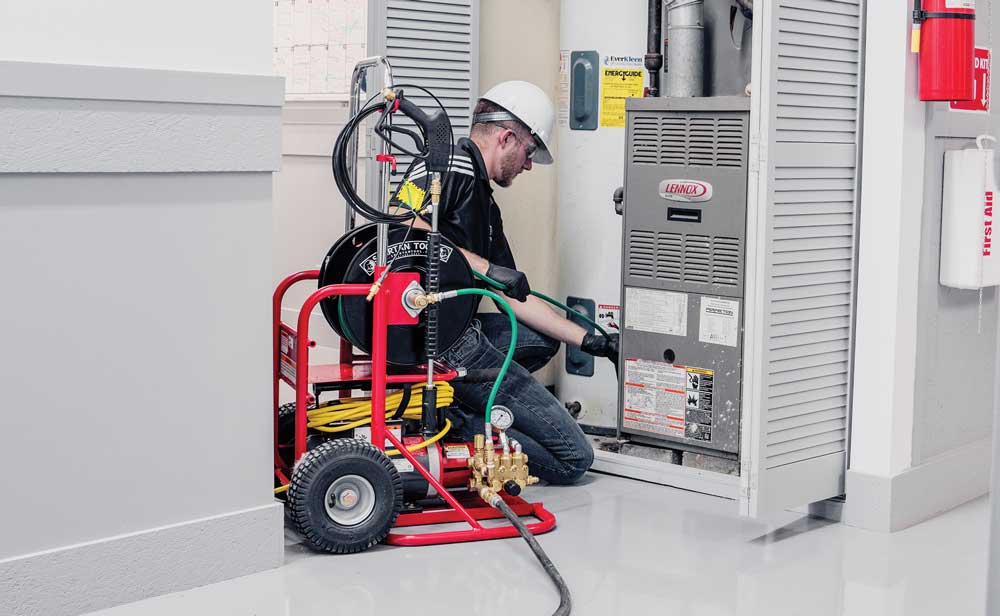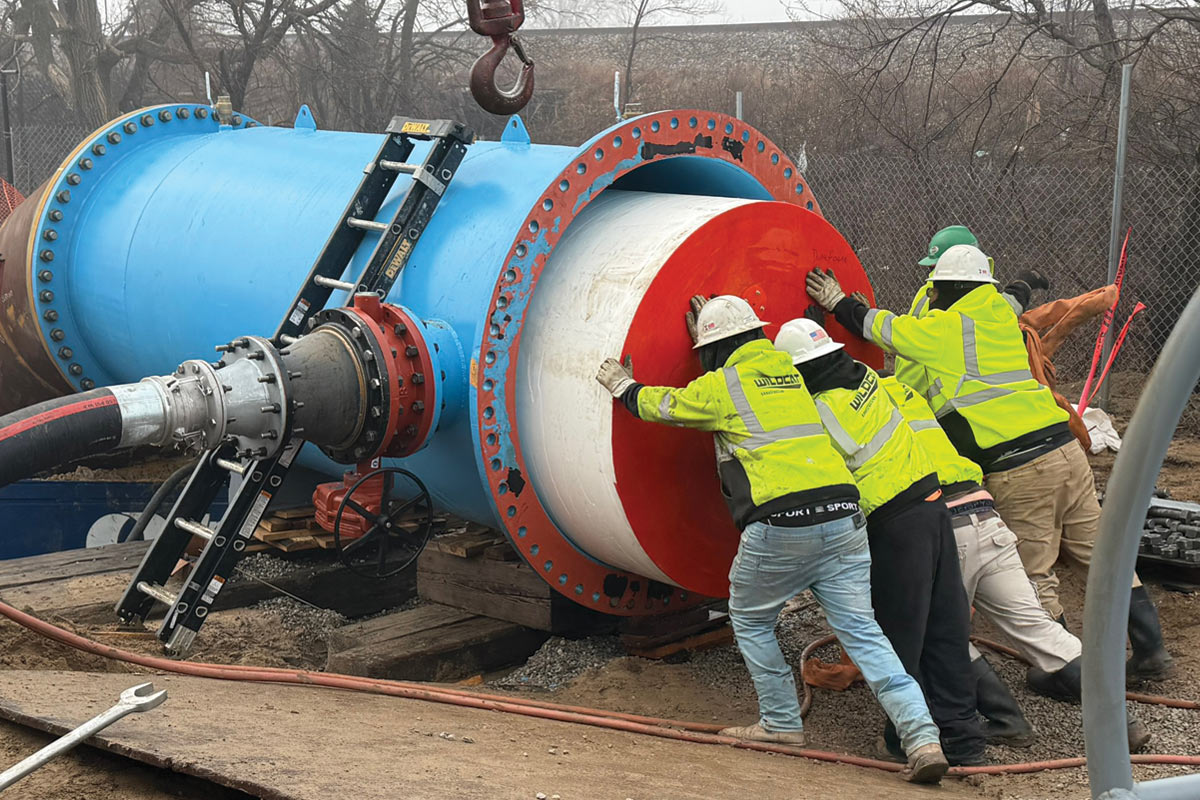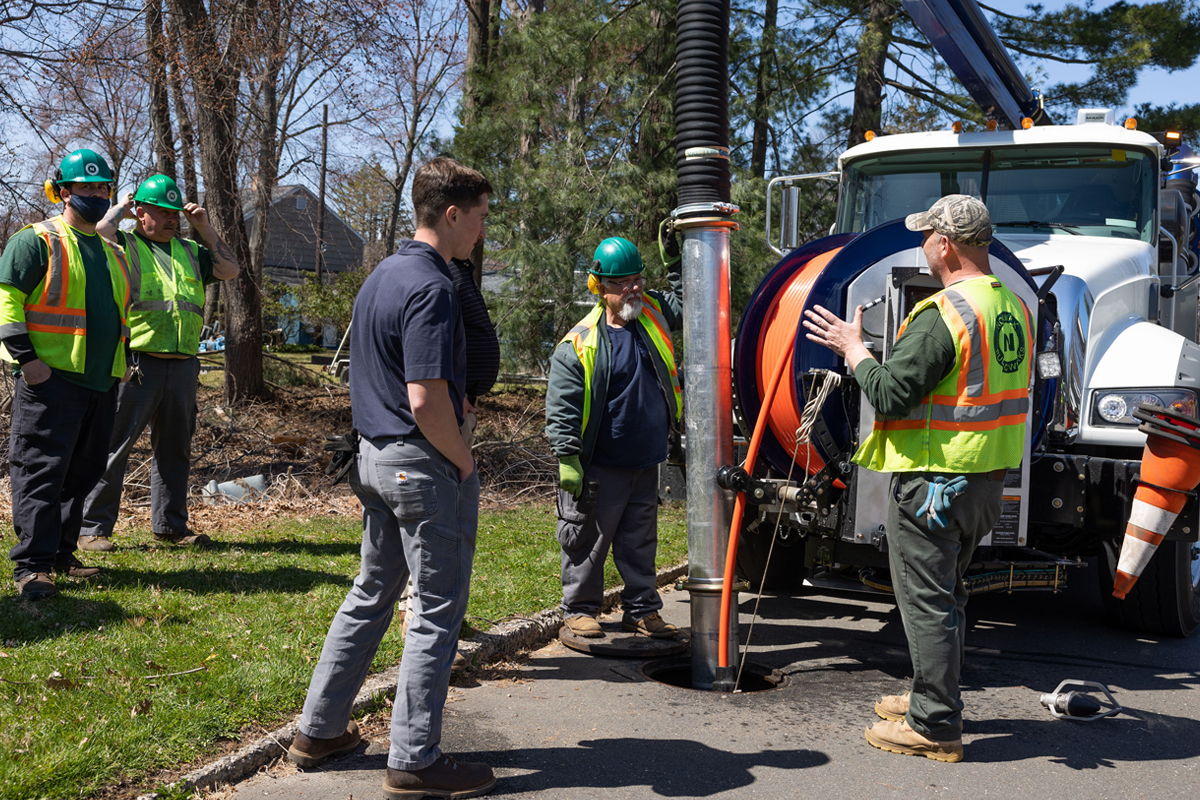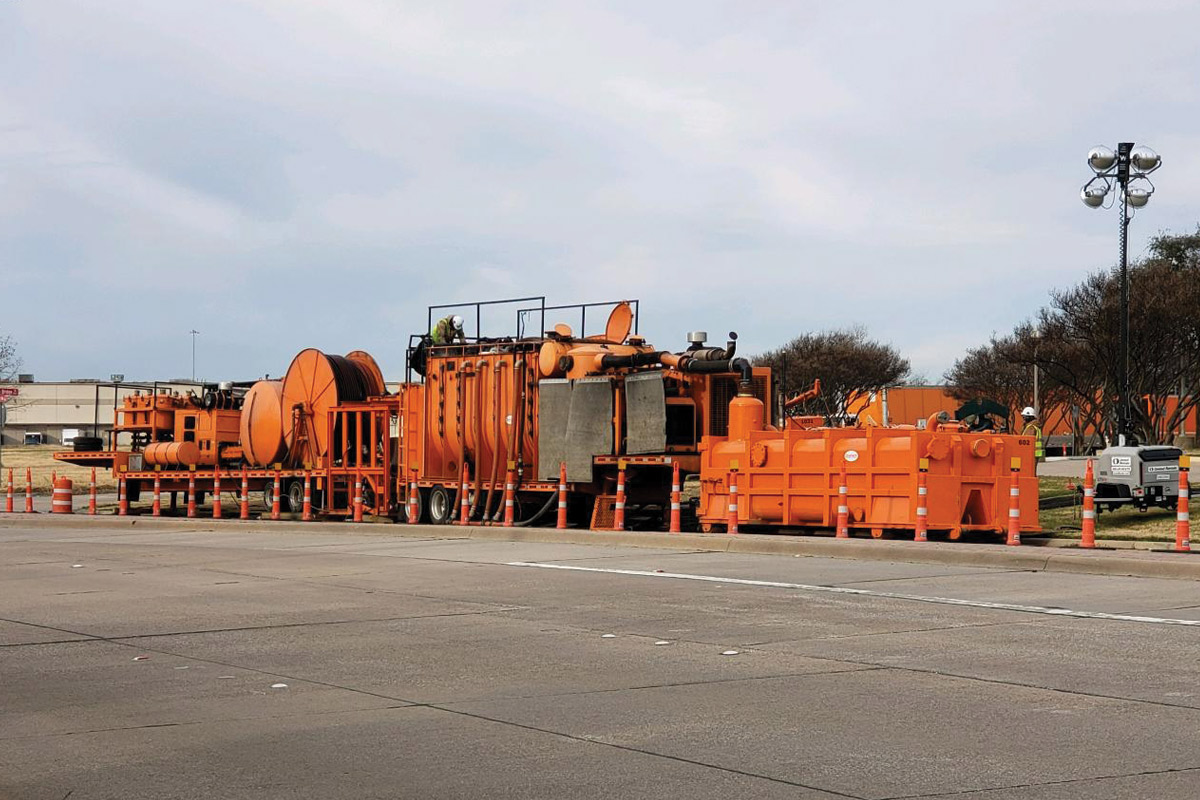
Selecting the Right Size Jetter for Your Project
You’ve decided it’s time to invest in a jetter for your business, but where do you start? To get started, there are several questions that need to be answered. The first one is ‘What type of jobs to I encounter most often?’ The answer to that question will help you determine which jetter is right for your project.
There are four main categories of jetters. There are small jets which can be carried, sometimes called toolbox or suitcase jetters, used for drain cleaning. Cart jetters, which can be wheeled in and out of buildings, are also used for drain cleaning. Trailer- and skid-mount jetters require a vehicle to hold or tow them. These are generally used for drain and main line cleaning but can also be used for lighter pressure washing projects. Finally, there are waterblasting jetters, used for hydrocleaning and hydrodemolition.
Drain Cleaning Jetters
Determining which category of jet is right for a project requires looking at the diameter of the pipe and the type of obstruction.
Small Jetters

Small jets are lightweight and compact, making them easy to take in and out of a customer’s home. Operating at around 1,500 psi and usually running on electricity, they work well in sink and tub drains to clean the entire circumference of the line and make quick work of common clogs such as grease and soft clogs. With these jetters you will need to have an independent water source such as a faucet or hose bibb.
Cart Jetters

Cart jetters are for those in-between jobs – you need more power than a small jetter but don’t need the power of a trailer or skid mount jetter. These jets operate in the 1,500 to 4,000 psi range and are on wheeled carts, giving them the ability to be rolled indoors to get close to the cleanout line. Like small jetters, they require an independent water source. Many are available in electric or gas-powered models, which is an important consideration in a home or an urban area with emission restrictions.
Trailer- and Skid-Mount Jetters

Trailer and skid mount jetters give you the most bang for your buck. They generally operate in the 2,000 to 5,000 psi range. With the appropriate hose and nozzle, these can be scaled down to safely do smaller jobs. They can also handle larger jobs such as home cleanouts and main lines, and municipal jobs that may require 550 ft of pipe to be cleaned. Some jetters are available in both trailer- and skid-mount models, whereas some are either one or the other. Trailer jets are great if you don’t need to always have your jetter with you, or if one jet is shared between trucks in a fleet. The drawback is when you are working in areas where it is difficult to maneuver a truck and trailer, such as urban areas. For businesses that operate in these areas, a skid-mount jetter would be the preferable option. These can be mounted inside a work van, while still leaving room for other tools.
Jets for Waterblasting
Waterblasting jets are used for hydrocleaning and hydrodemolition. These operate at much higher pressure than jets for drain cleaning. Jets for hydrocleaning are basically super powered pressure washers used for cleaning surfaces. These jets start at around 15,000 psi and are used to remove rust, old paint and other types of heavy buildup. Which jet you choose for hydrocleaning will depend on the type of surface you are cleaning and what you are removing.
Jets for hydrodemolition use high-pressure, concentrated water streams to cut through solid matter such as asphalt and concrete. Using jetters with a psi around 20,000, this is a less labor-intensive method than jackhammers and/or saws.
Nozzles
No jet is complete without the appropriate nozzle. Nozzles perform the tough work of dislodging the blockage and breaking through clogs in the drainpipe, washing away the debris as it goes. Without the right nozzle, it almost doesn’t matter which jet you use – you won’t be as effective and efficient as you could be. There is almost no end to the variety of nozzles available, and it is imperative that you use the correct nozzle for the job. As an example, if your line is full of sand, an open nozzle that only shoots water forward will not be as effective as a sandshoe nozzle, which is designed to lay flat at the bottom of the pipe, where the sand and grit will have settled.
There are some other important considerations when deciding on the right jetter for a job. Some homeowner’s associations have noise restrictions during evening hours. As mentioned previously, emissions from a jetter can be a concern in some cities, factories, or homes. With an electric jetter there is no concern about emissions, but the tradeoff is the risk of tripping a fuse, particularly in older and historic buildings.
Adding a jetter to your lineup can be a significant boost to the services your company provides. Yet it is imperative to know your business and ensure you get the jetter that will work best for the type of jobs you will most commonly face.
Emily Simmons is the marketing specialist for Spartan Tool.




